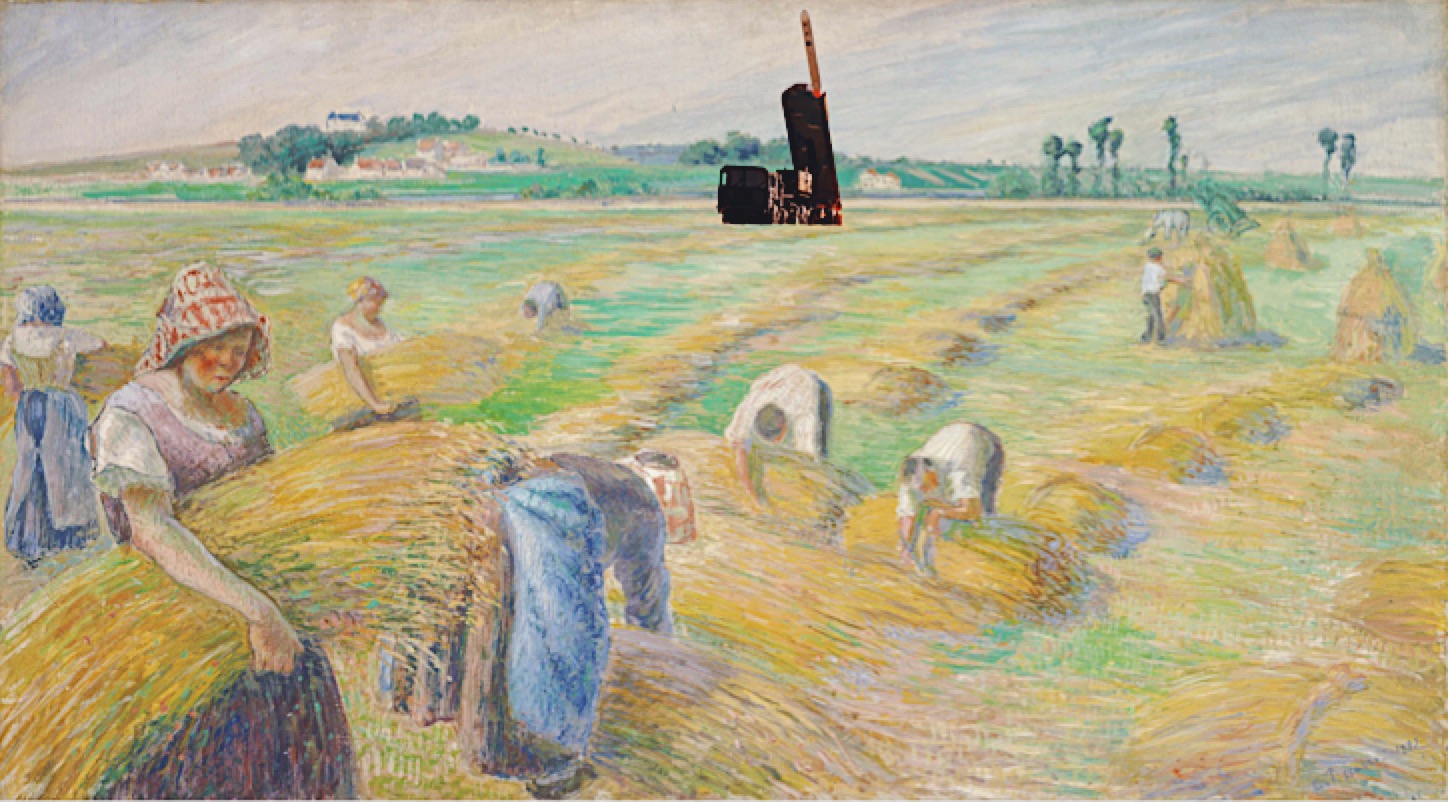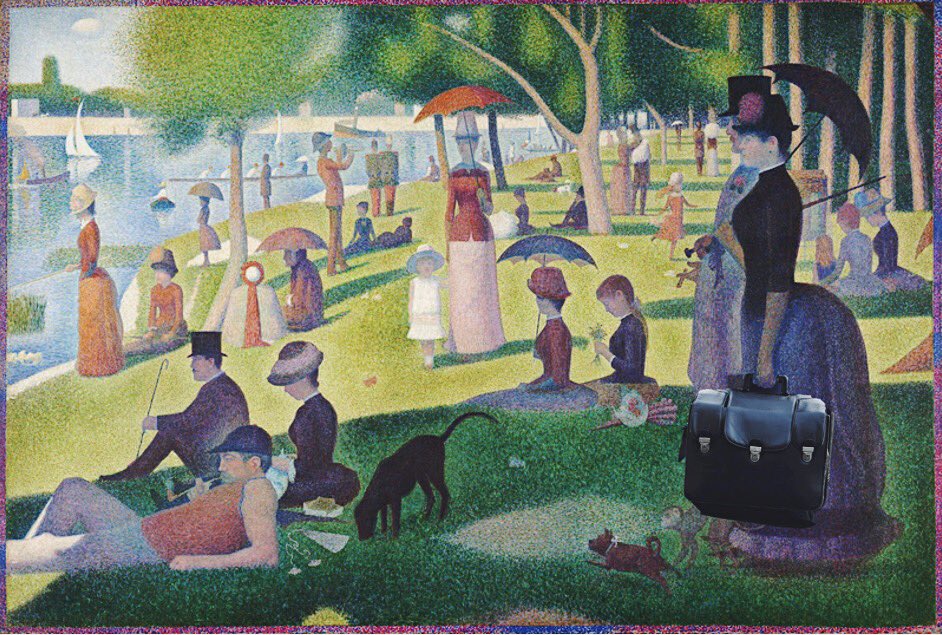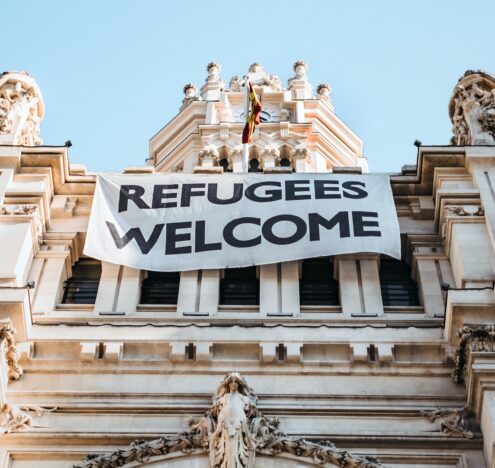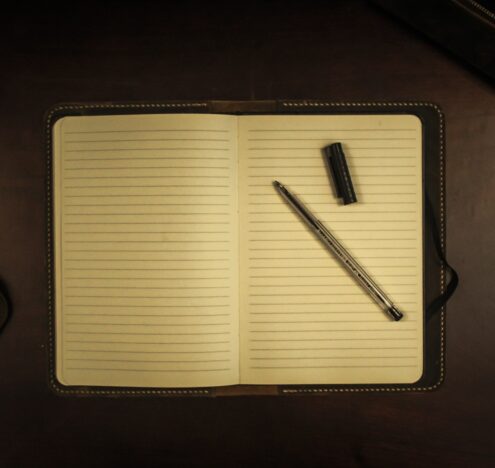I was inspired to create this small collection of images after reading a very scholarly report entitled, “Bizarre Paintings Of Mecha Robots And Werewolves Attacking East European Peasants Of The Early 20th Century.” The artist, Jakub Rozalski, takes scenic landscape paintings from 19th century Europe and adds giant robots and werewolves. It’s simple but fun.
I wanted to do something similar with “Classics.” I look at missiles and other national security technology on a daily basis, and quite frankly, it can get boring. These images are anything but. There is something innately amusing about imagining a Transporter Erector Launcher in a wheat field in 19th c. France, or Monet casually painting a submarine in a pretty port.
What does our society see as valuable today? What are we putting on “display?”
It’s a silly combination, but sets the stage for deeper questions. Combining art and national security technology, in a way, directly portrays the “art or strategy” dichotomy that often comes up in national security discussions and theory. The “art or strategy” discussion has been around for ages, arguably starting with Sun Tzu’s Art of War. It asks: How much of winning a battle or competition is learned? And how much of it simply comes naturally? The same could be asked about creating masterpieces like the portrayed paintings and technology.
Moreover, “Classics” has the potential to make the viewers ask: What does our society see as valuable today? What are we putting on “display?” Why? By directly juxtaposing expensive machines of war with timeless keepsakes (that also happen to have quite a hefty price tag), it calls into question what exactly humans value, and how said value has shifted and evolved over time — say, from watercolors to missile precision. Countries used to show off their art, their colors, their exquisite technique with a sense of pride that now seems to reside largely within the military industrial complex, leaving the arts behind in a rocket smoke trail. Does that necessarily have to be the case?
In a similar vein, “Classics” asks viewers: Is it really that strange to value both art and national security technology? Is it really that strange for these two seemingly distant concepts to cohabitate a singular canvas or space?
Or, maybe… just maybe, “Classics” is simply fun to look at (like giant robots in the Polish countryside.)
Update issued 2/21: These are too much fun, so we added two more.




























